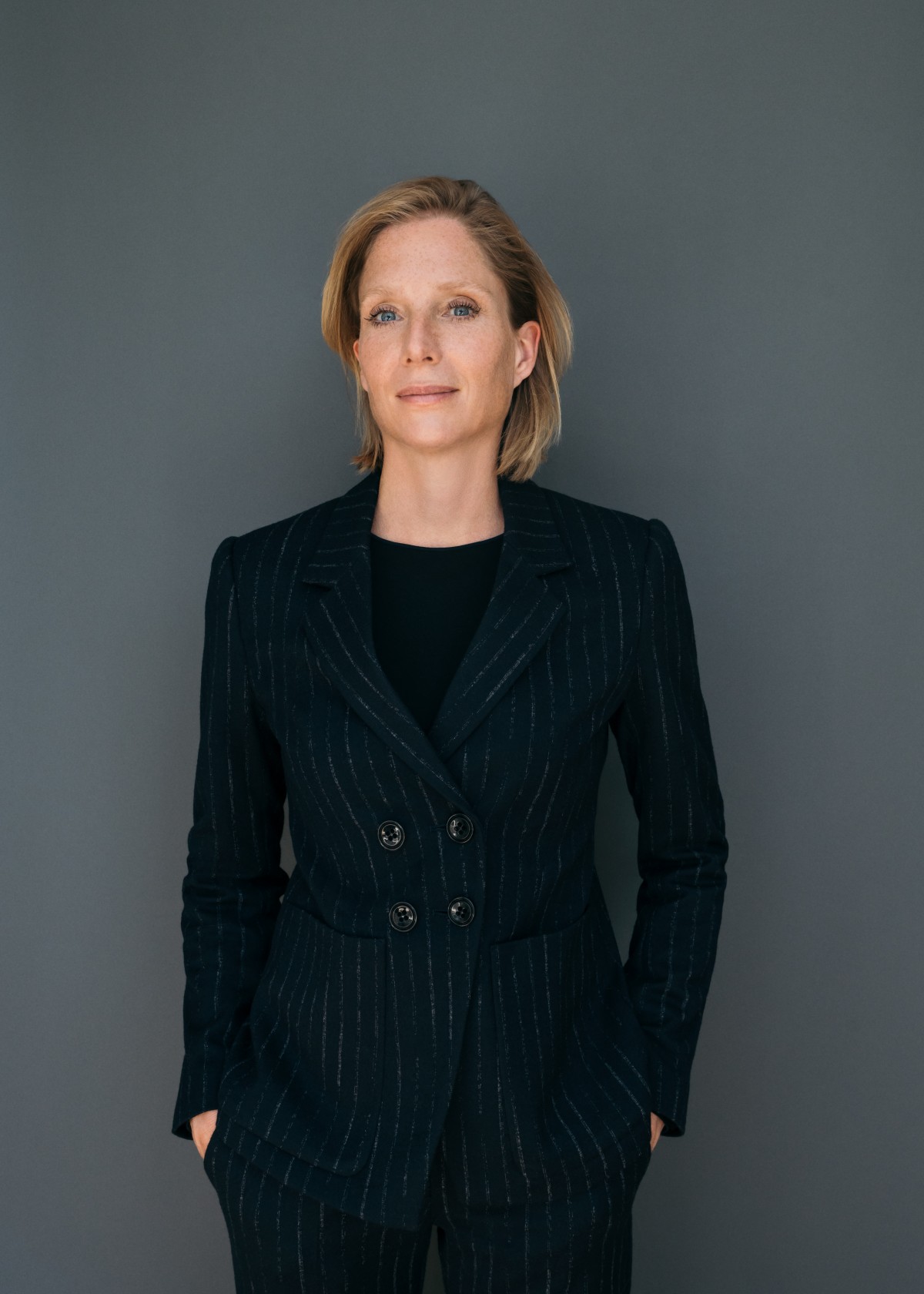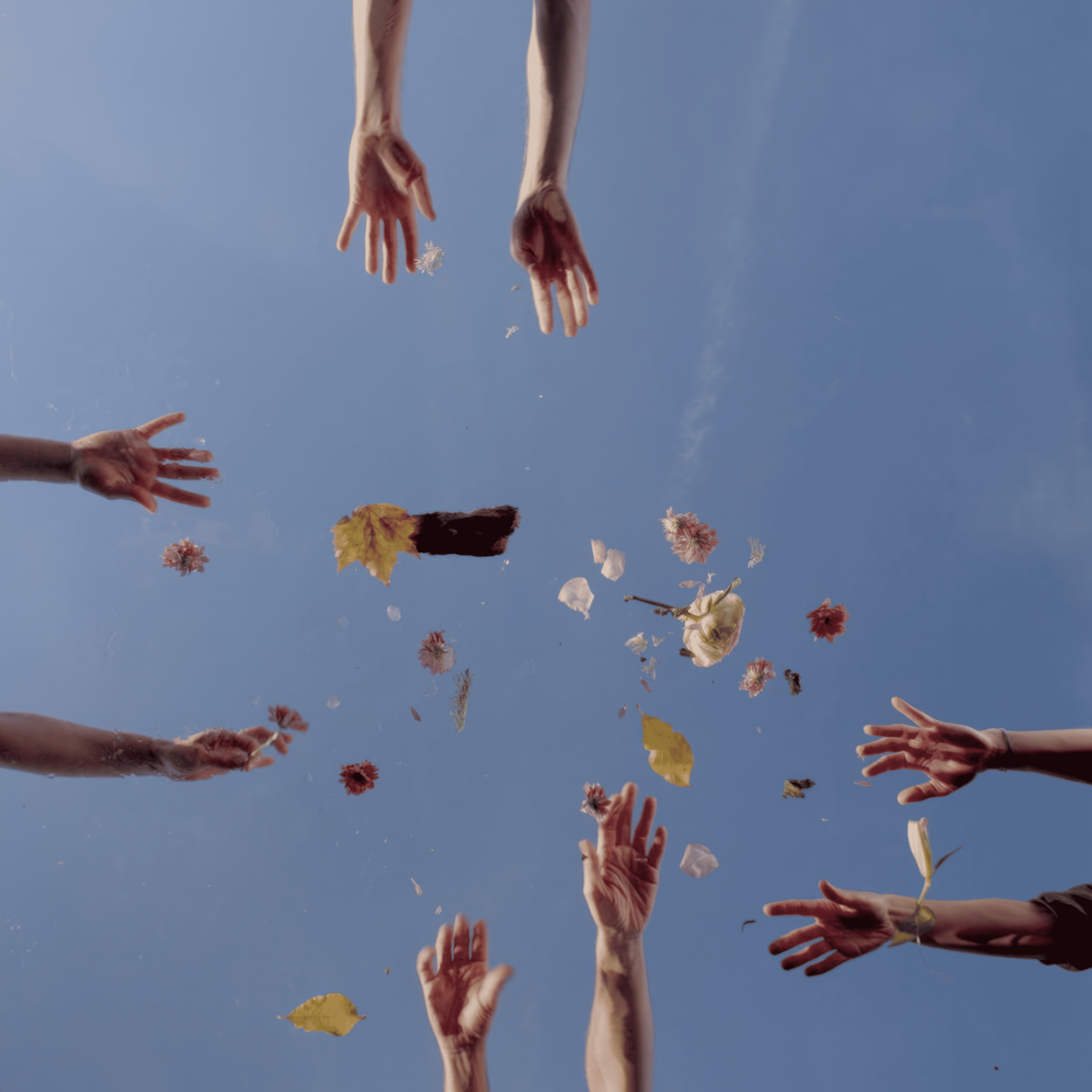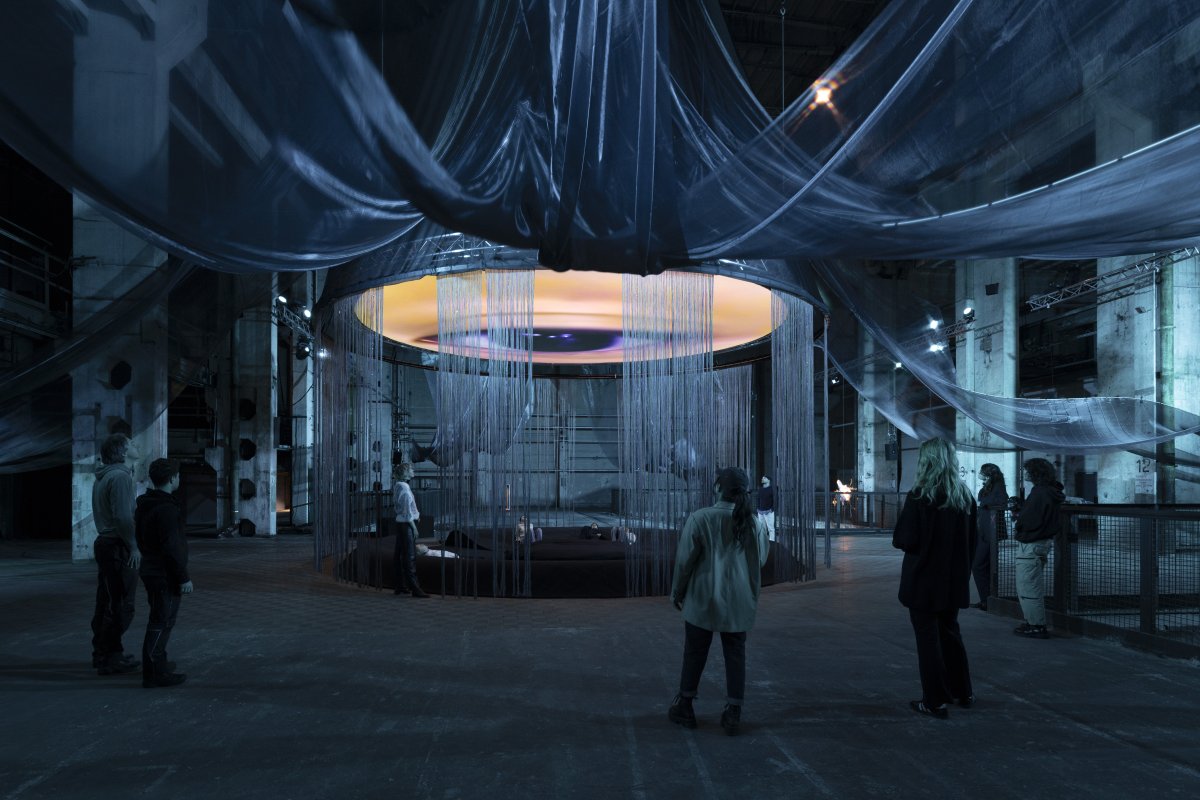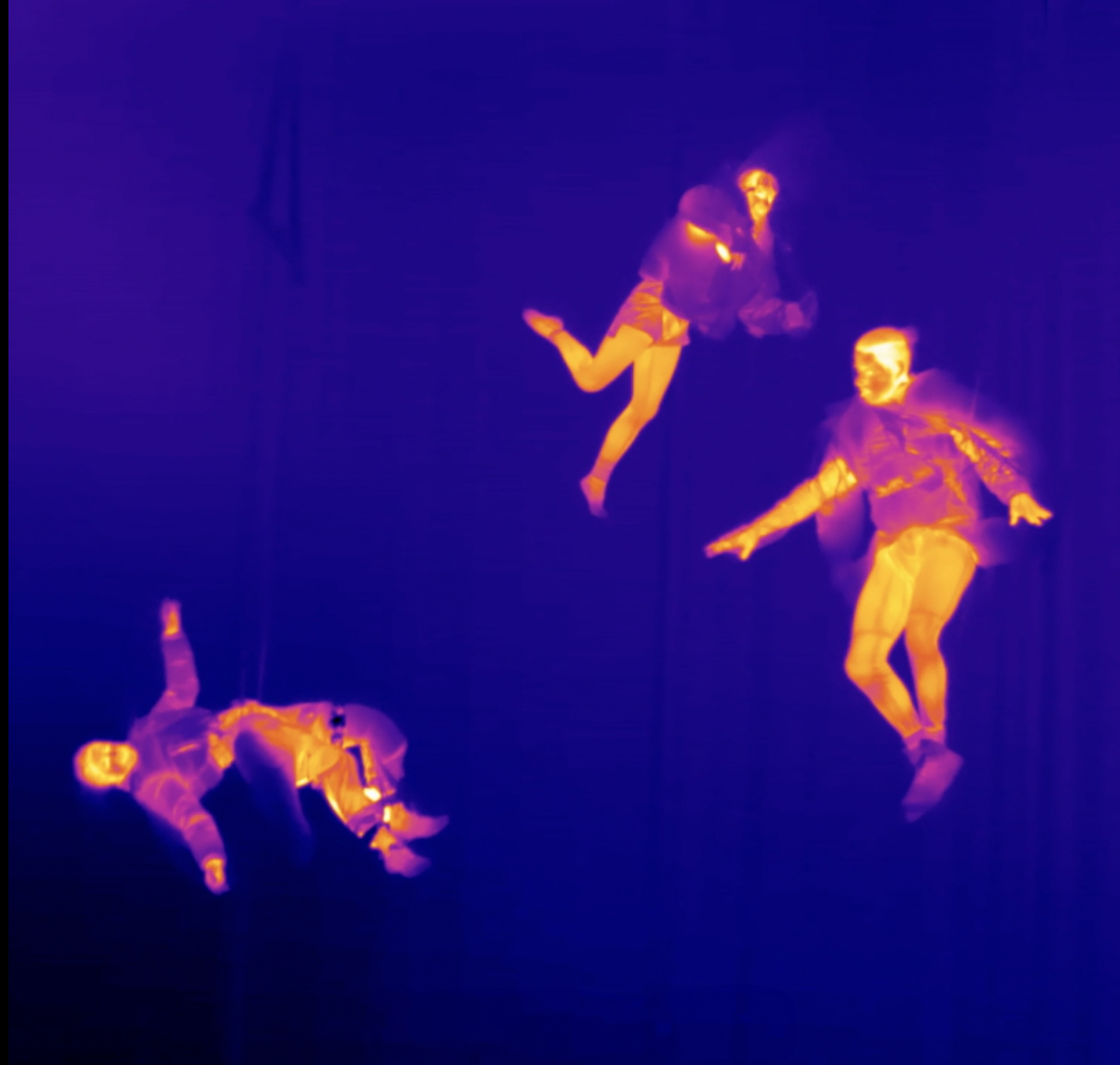By Hester Underhill
For scientists around the world, the race to develop quantum computers is on. China, it seems, is currently in the lead — earlier this year researchers in the country unveiled a quantum processing unit a quadrillion times faster than the world’s most high-tech supercomputer. It’s a technology that many believe has the power to entirely reshape the future, with revolutionary potential in fields spanning encryption, drug discovery and AI.
“There’s a paradigm shift happening when it comes to how we perceive the world,” says Dr Bettina Kames, director of art foundation LAS (Light Art Space). “About a hundred years ago, all these theories about quantum physics and quantum mechanics were developed by Einstein, Schlesinger and Born. And now is the time when they are proven to be right. And now is the time when we have its first applications, like the quantum computer.”
Since its foundation in 2019, Berlin-based LAS has been bringing together the worlds of art, science and technology. It works with creatives to translate specific themes into immersive installations that allow visitors to explore science and ecology from a new perspective. When it came to commissioning a show about quantum, Kames could think of nobody better than Turner Prize-winning artist Laure Prouvost.
“She’s one of the leading artists of our times, and she has a strong interest in quantum,” says Kames. But what really drew Kames to Prouvost was her philosophical fascination with the topic, and her belief in the French artist’s ability to create work that visitors could connect with on a deeper level. “She’s very playful and sensitive. She talks to your heart as well as engaging your mind.”

For the uninitiated, the world of quantum computing is mind-bogglingly complex. Kames, luckily, is used to breaking it down in a way that’s relatively simple to understand. “The smallest unit of a quantum computer is called a qubit. It’s part of this powerful machine. And yet these qubits are super fragile and sensitive. They even react to cosmic rays that have been around since the Big Bang. And it’s also related to the title of the show We Felt a Star Dying, because qubits can feel that.”
The show is housed in the cavernous concrete halls of Kraftwerk, a former power station near the centre of Berlin. It’s a multi-sensory experience that encompasses video, sculptural and sonic works — with a large, silken tent at its centre with octopus-like tentacles that reach out across the space. At its heart is suspended a large, circular screen for visitors to gather beneath, lying on their backs and gazing up at a kaleidoscopic collage of clips. There are sweeping shots of a wintry forest, close-ups of microscopic shrimp, gently flowing rivers and glowing figures tumbling through the open sky. “We are the air,” says Prouvost’s voiceover. “We are this packet of crisps. We are the blood inside the cat’s brain. We are the big fat whale that swallowed us.” It’s an invitation to reflect on the depth of our physical entanglement with the world around us, a meditation on Prouvost’s theory that, according to the elusive laws of quantum, we are the universe and the universe is us. “It’s all about experiencing things. You can come in here without knowing anything about quantum computing,” says Kames. “You can just get immersed first, with all your senses. Then you can really dive into it deeper. It’s a world-building approach.”
To develop the show, Kames took Prouvost to Google’s Quantum AI Lab in Santa Barbara to meet with its founder, the computer scientist Hartmut Neven. “They just hit it off,” says Kames. “They had such a profound conversation. Not just about quantum computing, but on a higher level. It was a really beautiful moment.” Prouvost was given access to a quantum computer, which she used to create images and clips distorted by ‘quantum noise.’ “They pushed forward a new form of experimentation and innovation, by bridging quantum data with AI models to create completely new moving images and sounds. This is truly groundbreaking. It’s never been done in the world to this extent before.”

The project was the latest in a run of LAS-commissioned shows that has so far included Ian Cheng’s Life After BOB, an interactive video installation that explores the evolution of artificial life forms, and Jakob Kudsk Steensen’s Berl-Berl, a digitally-crafted virtual swampland that was on display at Halle am Berghain. For its first show, back in 2019, LAS worked with Refik Anadol, an American-Turkish artist who has long been a pioneer of AI-generated work. He collaborated with the foundation to create a series of large-scale LED ‘paintings’ that took visitors on a hallucinogenic journey through the neural networks of a computerised mind.
Anadol recently made headlines when his work became the top-selling lot at Christie’s controversial AI art auction, an event that was opposed by some 4,000 art world insiders who signed an open letter calling for it to be cancelled. AI, they claimed, was exploiting human creativity. “At LAS, we’ve always embraced new technologies. But I think it’s so important to be open to this discourse,” says Kames. “These technologies have a huge disruptive power for the present and for our future. So I think it's really urgent to bring awareness and start discussion. With every new medium, with every new technology, it takes time until you have a really full comprehension of it.”

Kames’ background is in art history, which she studied in Munich, Paris, New York and Berlin, before returning to the German capital for a PhD on Radical Painting. Her career then took her to New York for six years, where she curated exhibitions for the likes of Mel Bochner and Richard Serra. After returning to Munich, she conceived various private collections and worked on strategy and educational programmes for various of the city’s most prominent museums. It was while working at the Pinakothek der Moderne that she met Jan Fischer, a transport entrepreneur and patron of the arts with dreams of launching a foundation of his own. He and Kames were in dialogue for years, developing the concept for LAS which eventually launched in 2019. “We discussed a lot, talked to a lot of different people, and travelled a lot,” says Kames. “We decided that the goal was to found an art foundation that’s really pointing towards the future, something focussed on innovation. That’s how we landed at this intersection of art and the latest technologies and science.”
Over the years, the foundation has continued to prove its position ahead of the cultural curve. Are there any themes Kames is keen to approach with future commissions? “Ecology is really at the core of everything we do at LAS, even though it seems to be so much about technology,” she says. “Inter-species future is a big topic we’re interested in – it’s about leaving the human-centric perspective, how can all these new technologies offer us a better understanding of other species.”
Images Credits
1. Tumbling figures are one of the hallucinogenic kaleidoscope of clips sewn together by Provoust for her video installation at We Felt a Star Dying © Laure Prouvost, 2025
2. Bettina Kames, LAS Art Foundation © Robert Fischer
3. Disembodied bands throwing flowers across the screen for Provoust's surreal We Felt a Star Dying video installation © Laure Prouvost, 2025
4. At the heart of the exhibition is an octopus tent screening Provoust's video installation © 2025 Laure Prouvost. Photo by Andrea Rossetti.











